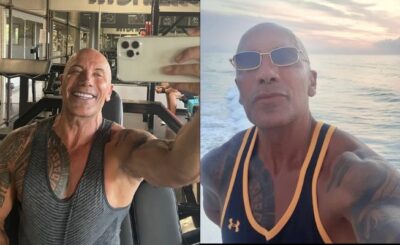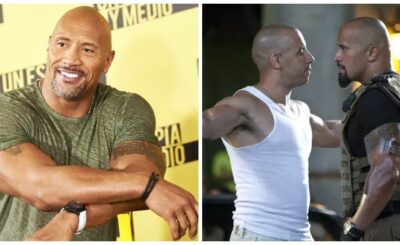Ranking the NBA’s All-Time Greatest 3-Point Shooters
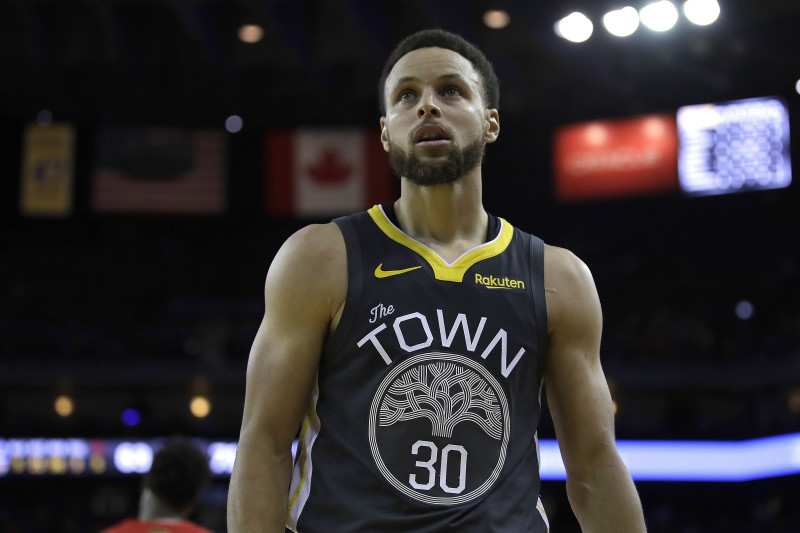
The NBA is firmly in the middle of a three-point revolution.
The first season that line was on the floor (1979-80), the league attempted just 3.1 percent of its shots from downtown. Ten years ago, the number was up to 22.2 percent. This past season, it climbed all the way to 35.9 percent.
Teams and individual players now firmly grasp the value of the three-ball, and they’re putting up more of them every year. So as we steer further into this new form of basketball, let’s look back to see who the game’s best three-point shooters have been to this point.
To find a top 10, something beyond simple three-point percentage was necessary. As the shot has gained more acceptance, players have become better at it, and we have to account for increased effectiveness over time.
The formula concocted by Adam Fromal of Bleacher Report and NBA Math goes like this: Take the player’s points per shot on three-point attempts and subtract the league-average points per three-pointer during the relevant time period. Then, multiply by the number of attempts.
If a player shoots 45 percent on 100 threes, he’s getting 1.35 points per attempt. Say the league average is 35 percent, or 1.05 points per attempt. The shooter is 0.3 points above average per attempt. Multiply that by the 100 attempts and you’d have 30 points above average.
The basic career three-point percentage leaderboard reads like this for qualified shooters:
-
-
- Steve Kerr (45.4)
- Hubert Davis (44.1)
- Stephen Curry (43.6)
- Jason Kapono (43.4)
- Steve Novak (43.0)
- Kyle Korver (42.9)
- Steve Nash (42.8)
- Joe Harris (42.7)
- B.J. Armstrong (42.5)
- Klay Thompson (41.9)
-
But if we take the top 50 from that list and sort by career points above average on three-point attempts, the top 10 changes quite a bit.
Asides and Honorable Mentions
1 of 11
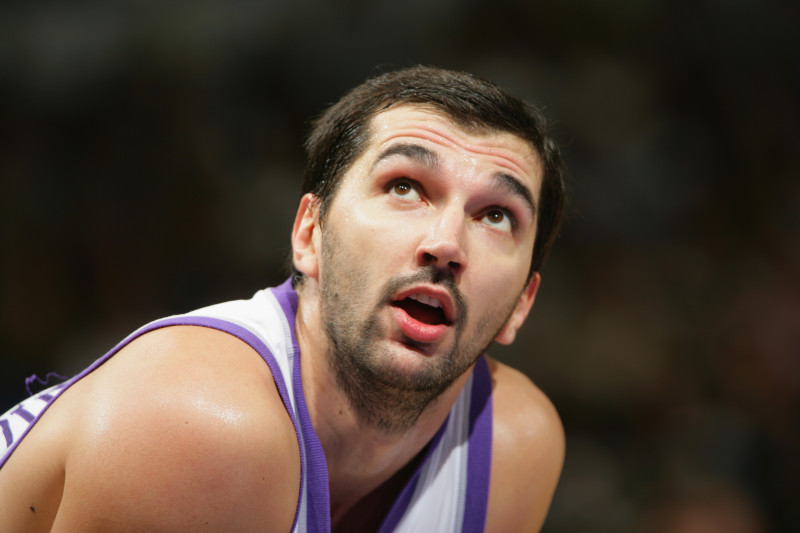
One of the names conspicuously absent from the top 10 is Steve Kerr. He’s first all-time in basic three-point percentage, but the lack of volume bumped him down to 14th on this list. There was a temptation to account for the change in three-point-attempt rate over the years, but rewarding those who’ve evolved with the game ultimately felt fine.
Here’s some evidence for how rapidly and thoroughly things have changed: Buddy Hield, who has played just three NBA seasons, has already passed Jason Kapono’s nine-year career and is closing in on Steve Novak, who operated as a marksman throughout his 11-year NBA tenure.
Other omissions who may trigger some reaction include Peja Stojakovic, Wesley Person, Dell Curry, Brent Barry and Mark Price, just to name a few.
In a lot of ways, those players laid the foundation for what we’re seeing now. Since the three-point line’s inception, individual players in each era have gently pushed the level of acceptable volume. From Craig Hodges in the 1980s to Reggie Miller in the 1990s to Stojakovic in the 2000s, we can thank the shooters of yesteryear for the beauty of today’s game.
And finally, it’s worth mentioning that the formula employed for this exercise does not account for degree of difficulty in any way.
Off-the-dribble threes are more common now than they were in Kerr’s catch-and-shoot era, and Stephen Curry, among others, almost certainly deserves some bonus points for what he does. Kerr told ESPN’s Tom Junod in May that the Golden State Warriors point guard is a new kind of weapon:
“My first year of coaching him, he’s taking shots night after night that every coach I ever had would have called horrible shots. And they were horrible shots for every player in the history of the game until Steph Curry. And I realized before too long that Steph was going to take some crazy shots and they were going to look insane and I was going to feel silly for allowing my player to take shots like that and oh yeah, he’s at about 45 percent from 3. So finally I just realized I had to get my old coaches out of my head, and this guy is a new deal who’s different from anyone else who’s played the game, and I have to not only allow what he does but accommodate it.”
If this exercise were limited to just the last 15 years, we might have been able to evaluate the increased difficulty of Curry’s attempts. We now have distances on all shots, information about the proximity of defenders, the number of pull-ups versus catch-and-shoots and more.
But since we’re comparing across eras that have different amounts of information available, we’ll stick to the more basic formula.
10. Glen Rice
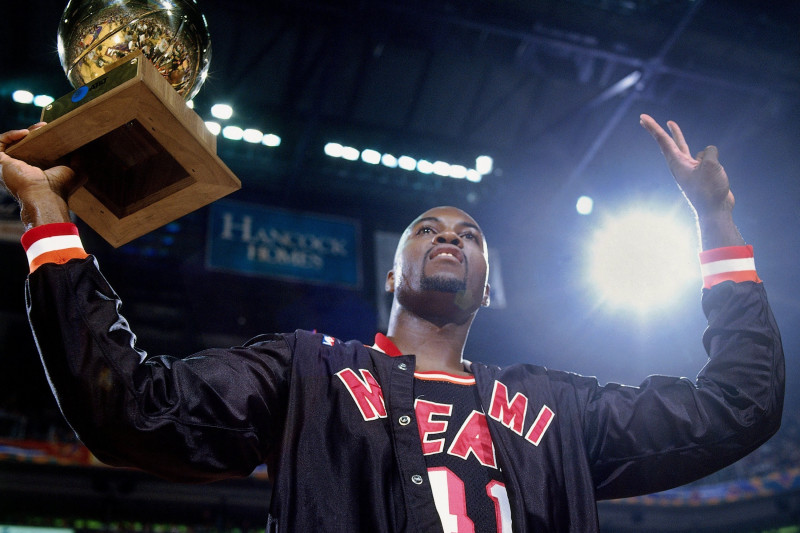
Three-Point Attempts: 3,896 (40th)
Three-Point Percentage: 40.0 (41st)
Points Above Average from Three: 598.7
Glen Rice was a marksman for six different teams over the course of his career. During three seasons with the Charlotte Hornets, he hit 44.4 percent of his attempts from downtown. And in 1996-97, he led the league with a mark of 47.0 percent.
Rice was ahead of his time. Over the course of his career, 15.1 percent of all shot attempts were from three. For Rice, that number was 26.2 percent. And even that pales in comparison to some of today’s shooters.
“Like I said earlier, when I was playing, if we shot six three-pointers as an individual [per] game, we thought we were shooting too many threes,” he told NBA.com’s Gilbert McGregor in March. “The opportunity to get out there and maybe shoot 15 three-pointers a game? I would really hurt myself if wasn’t averaging 30 points per game. It would really be a great time.”
Imagining shooters from earlier eras playing today is a fun aspect of the three-point revolution. Surely, Rice would be shooting more threes now. And although he was a three-time All-Star, he may have had even more value in the modern game.
9. Mike Miller
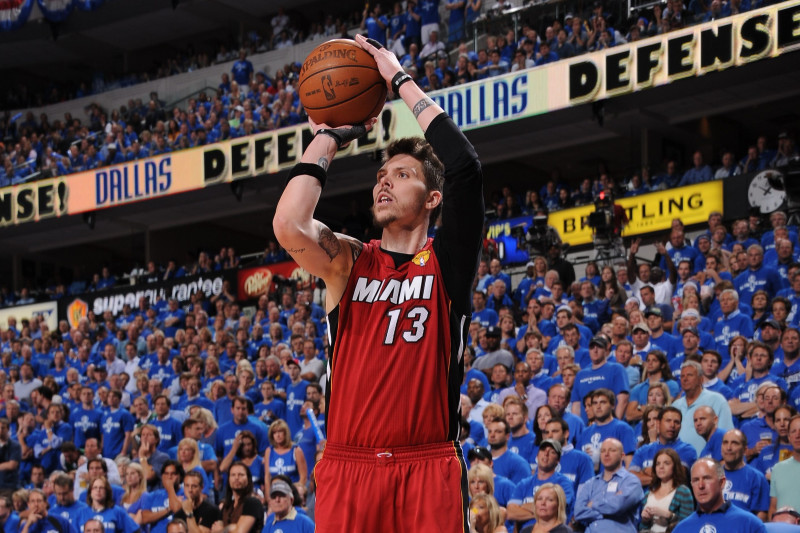
Three-Point Attempts: 3,910 (38th)
Three-Point Percentage: 40.7 (21st)
Points Above Average from Three: 599
Mike Miller never led the league in three-point percentage, attempts or makes, but he did stack up a whopping nine total seasons with at least 100 attempts and a 40-plus three-point percentage. Only Steve Nash (13), Kyle Korver (11), Stephen Curry (10) and Reggie Miller (10) have more.
Miller was just steady throughout his career. Whether he played starters minutes (like the 32.4 per game he logged over his first 10 years) or was used more like a reserve, you could count on his consistent outside shooting.
In the twilight of his career, he won two rings with the Miami Heat. Later, he was named to a Heat All-Decade team by The Athletic’s Shandel Richardson.
“Like [Shane] Battier, Miller was yet another versatile player who defended multiple positions and could knock down a big shot in crunch time,” Richardson wrote. “His 3-pointer while missing a shoe in Game 6 against the Spurs is the most overlooked moment in the series.”
8. JJ Redick
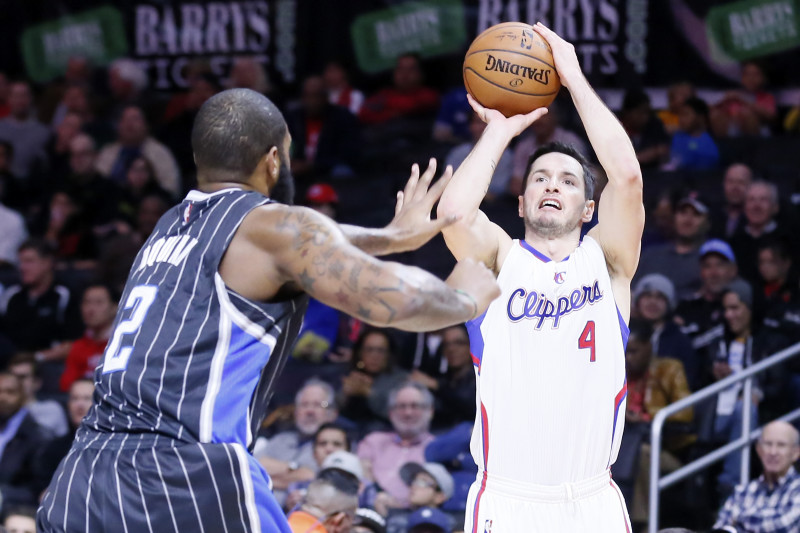
Three-Point Attempts: 4,129 (29th)
Three-Point Percentage: 41.3 (15th)
Points Above Average from Three: 689.5
It took JJ Redick a little time to find his NBA footing. But since he has, he’s been one of the NBA’s most lethal floor-spacers.
In his first three seasons, Redick played 14.4 minutes per game, averaged 5.5 points and shot 38.1 percent from deep. In the 10 years since, he’s at 14.4 points per game with a 41.5 three-point percentage. And somehow, he just averaged a career-high 18.1 points in Year 13.
That accomplishment came with the Philadelphia 76ers, but there’s a chance he’ll be remembered most for his time with the Lob City-era Los Angeles Clippers. As The Athletic’s Jovan Buha wrote:
“Redick was the perfect complement to [Chris] Paul, [Blake] Griffin, and [DeAndre] Jordan: a floor-spacer with the gravity and endurance (few players move around as much as him) to open up the middle of the floor and ignite weak-side actions. Doc Rivers created a special set of floppy actions for him, the first time a coach really maximized Redick’s gifts.”
Finding a coach who “maximized” him may have come a little late for Redick, but it also extended his career. Now, entering Year 14, he’ll look to provide similar spacing for an up-and-coming New Orleans Pelicans squad.
7. Dale Ellis
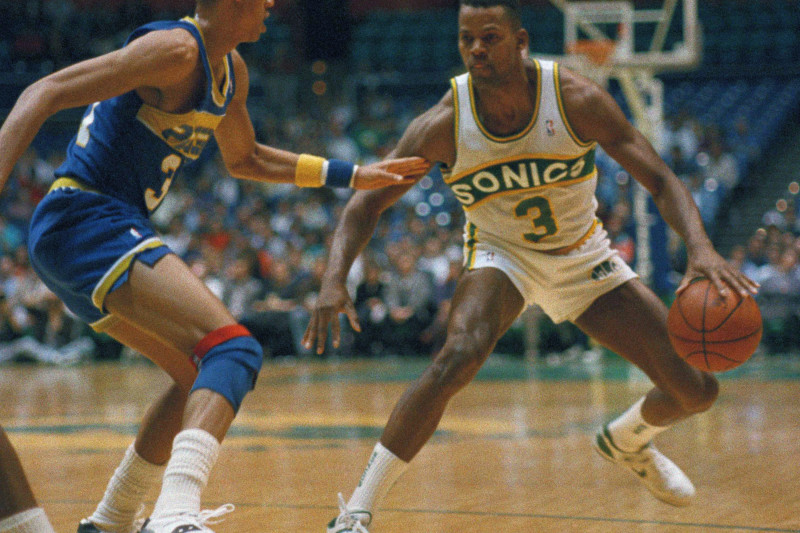
Three-Point Attempts: 4,266 (23rd)
Three-Point Percentage: 40.3 (28th)
Points Above Average from Three: 795.5
It would be interesting to hear if he still feels this way eight years later. But back in 2011, Dale Ellis had a bold proclamation for Boston.com’s Gary Washburn:
“I’m the best shooter of all time. I know that from the jump. I set the standard. I gave them something to shoot for. I was the first player in the history of the game to get 1,000 3-pointers. To be able to play on that level, you have to have that attitude about yourself. You can say it’s arrogant or cocky or whatever, but that’s OK. There’s no way you can compete without it. There’s no way you can excel without that confidence level.”
Ellis is absolutely one of those players who pushed the envelope for what’s acceptable from a three-point shooter. Over his last seven seasons, 40.7 percent of his shot attempts came from downtown.
That’s a rate that would feel right at home in 2019.
6. Klay Thompson
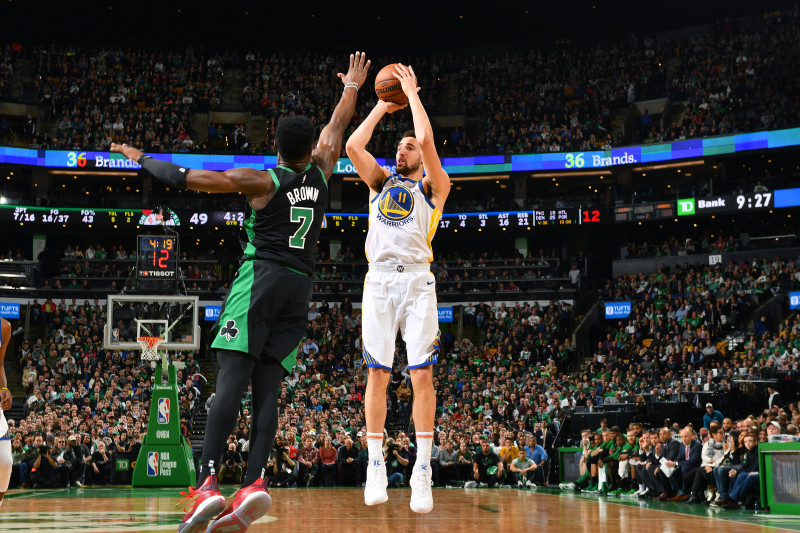
Three-Point Attempts: 4,291 (21st)
Three-Point Percentage: 41.9 (11th)
Points Above Average from Three: 810
Klay Thompson has played eight NBA seasons. He’s been over 40 percent from three in all eight. His rookie campaign is his only one with fewer than 200 made triples.
And the numbers might not even be the most impressive part of Klay’s resume. Few, if any, jumpers have ever risen above this one aesthetically.
“From a technical standpoint, Klay Thompson’s jump shot is as close to perfect as it gets,” Bleacher Report’s Dylan Murphy wrote.
It’s about the same every time. Whether he’s coming off a screen from the corner, running an elevator cut from the paint, dribbling into a three or finishing off any other kind of action, Thompson’s catch-and-release form is as consistent as it gets. His shoulders are square, that right elbow is around 90 degrees and the follow-through is pure.
And when he gets in a zone, few things in the history of basketball have been quite like it. In fact, his 37-point quarter was—and still is—unprecedented.
In those moments, this Splash Brother looks like a machine that was specifically engineered for jump-shooting.
5. Steve Nash

Three-Point Attempts: 3,939 (35th)
Three-Point Percentage: 42.8 (Seventh)
Points Above Average from Three: 855.2
Remember that achievement referenced earlier for Mike Miller? Nine seasons with 100-plus three-point attempts and a 40-plus three-point percentage?
No one has more than Steve Nash, who finished a whopping 13 campaigns with those lofty numbers.
Nash may always be known for his flashy passing, especially during his back-to-back MVP seasons with the Phoenix Suns, but this point guard’s lights-out shooting was a critical component of his offensive dominance.
And even though he hasn’t been retired long, he’s another player who’d be fun to watch in 2019.
“Oh, without a doubt, I screwed that up,” Houston Rockets head coach Mike D’Antoni said last May when asked by ESPN’s Tim MacMahon why he didn’t have Nash shoot more during their mutual time with the Suns. “Nash was a purist. Steve’s a Hall of Fame point guard. He was unbelievably good. I just think instead of averaging 15 or 16 [points], he could have averaged 30 for us. He was that good of a shooter, and I don’t think it would have screwed the team up.”
Nash was a famously unselfish player. His career average for field-goal attempts (10.6) wasn’t much higher than his career average for assists (8.5). And that doesn’t even account for assist opportunities blown by teammates missing shots.
Had Nash hunted his own looks a little more over the course of his career, there’s a good chance he would’ve finished higher up this list.
4. Reggie Miller
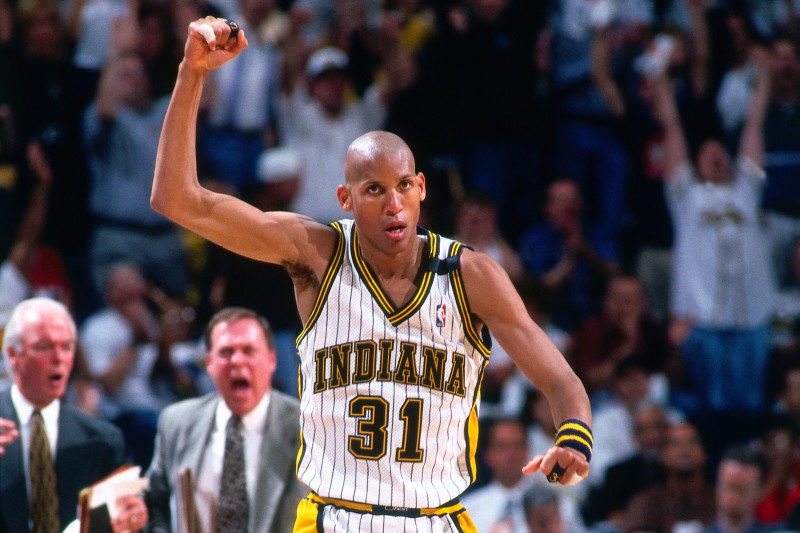
Three-Point Attempts: 6,486 (Second)
Three-Point Percentage: 39.5 (46th)
Points Above Average from Three: 915.4
Few shooters in NBA history approached the game with the level of confidence and bravado Reggie Miller boasted. In an era during which 14.5 percent of shot attempts were threes, Miller’s three-point-attempt rate was 37.1.
His jump shot wasn’t the same picturesque beauty we’re used to seeing from other players in these discussions. His lead hand went flying to the side of his guide hand. He was often off-balance. But arguing with the results was impossible. He’s a case study for repetition being more important than form.
“I know a lot has been said about me being a great shooter, being one of the best,” Ray Allen said during his Hall of Fame speech. “But what I know, this person that is presenting me tonight, Reggie Miller, is the best shooter that I’ve seen in my life.”
Few moments in his career were as illustrative of that ability and the aforementioned confidence as the legendary eight points in nine seconds.
3. Ray Allen
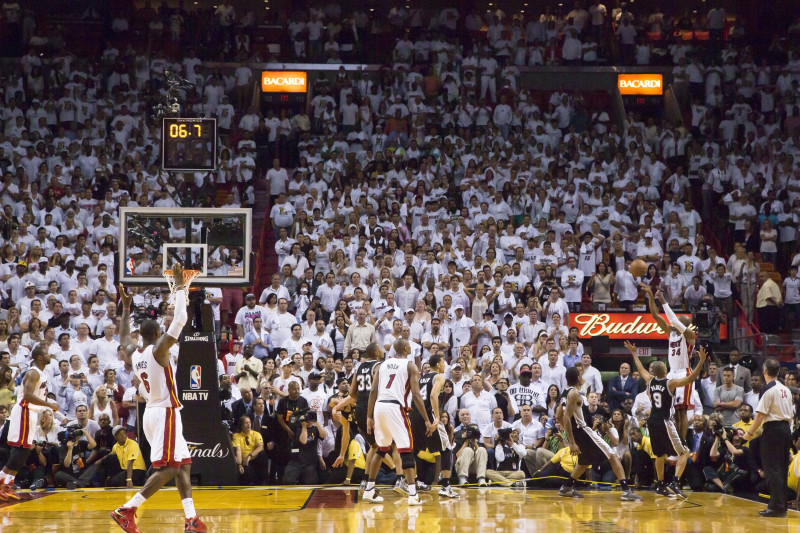 (First)
(First)
Three-Point Percentage: 40.0 (38th)
Points Above Average from Three: 988.9
We’ve reached the clubhouse leader for career threes (2,973).
For much of the 1990s, 2000s and 2010s, Ray Allen was viewed among the standard-bearers for outside shooting.
He burst on to the scene by averaging 18.1 points and shooting 38.8 percent from deep during his first four seasons with the Milwaukee Bucks. He topped out at 26.4 points per game for the 2006-07 Seattle SuperSonics, transitioned to a smaller role for the title-winning Boston Celtics and hit one of the game’s most famous shots for the 2012-13 Miami Heat.
With time winding down in the fourth quarter of Game 6 in the 2013 Finals, Miami was as close to done as a Finals team can get. After an offensive rebound by Chris Bosh, Allen backpedaled to the corner, caught a pass from the big man and sank a game-tying triple with a hand in his face. The Heat would go on to win the series against the San Antonio Spurs.
Allen was much more than just a shooter, but it’s that ability and the moments it provided for which he’ll be remembered most.
And like Thompson’s, his is one of those shots that will be on instructional videos for years to come. His feet, elbow, follow-through and elevation were so consistent.
2. Kyle Korver
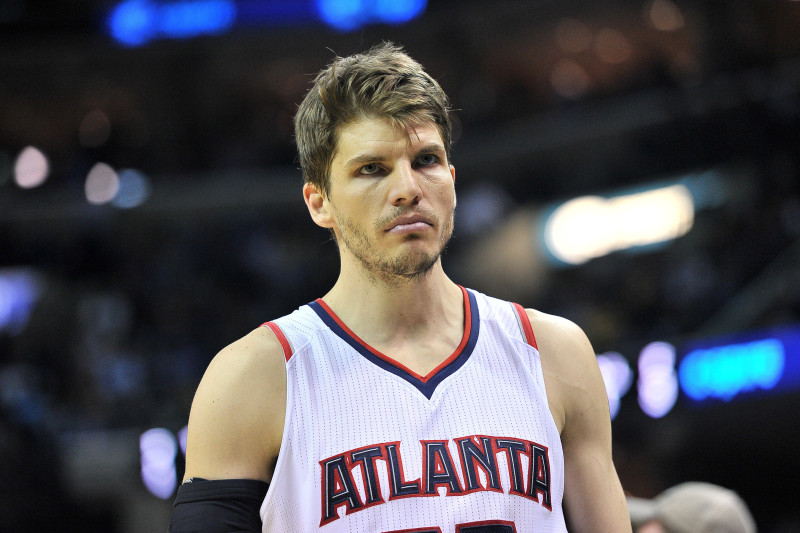
Three-Point Attempts: 5,478 (11th)
Three-Point Percentage: 42.9 (Sixth)
Points Above Average from Three: 1,185.8
Kyle Korver finishing second may not be surprising. It’s the gap between him and Allen that might require a double-take.
Maybe this is a case of slow and steady winning the race.
Korver has only played one season in which he averaged over 10 shot attempts. But he’s consistently been among the league’s leaders in three-point percentage for 16 years now; he makes the most of those limited attempts.
Throughout his career, 61 percent of the shots he’s taken have been threes. He’s led the league in three-point percentage four times, including in 2009-10 when he shot 53.6 percent from downtown for the Utah Jazz.
Due to the ever-present threat of Korver hitting a dagger from the outside, his teams have always been comfortably better with him on the floor. During those 16 years, his squads have posted a minus-0.3 net rating when he’s off the court and a plus-3.5 net rating when he’s on (a swing of plus-3.8). In 2014-15 alone, that swing was plus-13.7 points per 100 possessions for the Atlanta Hawks.
“Korver is the team’s scariest weapon,” Grantland’s Kirk Goldsberry wrote of the Hawks that season.
A player who took just eight shots per game was legitimately called his team’s “scariest weapon.” That’s the kind of impact an elite three-point shooter can have.
1. Stephen Curry
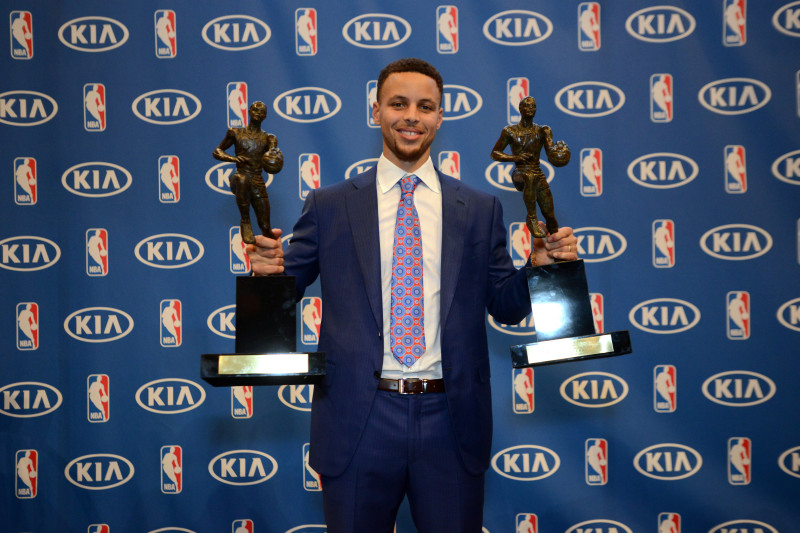 Three-Point Attempts: 5,690 (Eighth)
Three-Point Attempts: 5,690 (Eighth)
Three-Point Percentage: 43.6 (Third)
Points Above Average from Three: 1,365.6
Surely, you’re not surprised. No one in NBA history has combined volume and efficiency quite like Stephen Curry. However, it’s still remarkable that he already has this big a lead on the field with plenty of time seemingly left in his career.
And again, this exercise does nothing to account for degree of difficulty. Curry regularly takes shots the other players on this list may not ever have dreamed about during their playing days.
Like Julius Erving, Dirk Nowitzki and LeBron James before him, Curry has changed the game. ESPN’s Kirk Goldsberry explained:
“No player in the history of the NBA has combined range, volume and efficiency from downtown as well as Curry, and over the course of the Warriors’ dynasty, he has changed the way the entire league looks at 3-point scoring. Curry’s jumper is so lethal that he has become the most efficient volume scorer on the planet — of the league’s top 20 scorers, nobody has a higher true shooting percentage than Curry. Not even Giannis Antetokounmpo, and all he does is dunk it.
“Coming into this decade, 3-point shooting was a relatively niche skill reserved for role players or the occasional sharpshooting All-Stars like Allen and Miller. But now shooting is everything, as Curry showed us the 3-pointer can be the dominant shot of the league’s most dominant scorers.”
That three-point revolution mentioned earlier? Curry is its George Washington.
And as the greatest shooter of all time, he’s starting to force his way into the conversation about the greatest players ever.
All stats, unless otherwise indicated, courtesy of Basketball Reference.





